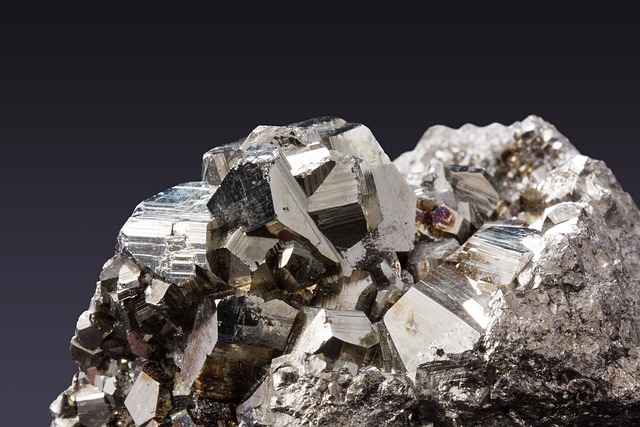
Chapter Overview
This chapter introduces Metals and Non-Metals, two major categories of elements. It explains their physical and chemical properties, their reactions with acids, bases, oxygen, and water, and highlights the reactivity series of metals. The chapter also covers corrosion, extraction, and uses of metals and non-metals in everyday life.
Students learn how metals tend to lose electrons and form positive ions, while non-metals usually gain electrons to form negative ions. The chapter emphasizes the differences between these two groups and their significance in practical applications.
Important Keywords
- Metal: Elements that are generally shiny, malleable, ductile, and good conductors of heat and electricity.
- Non-Metal: Elements that lack metallic properties; usually brittle, dull, and poor conductors.
- Reactivity Series: An arrangement of metals in order of decreasing reactivity.
- Corrosion: The gradual destruction of metals by chemical reaction with their environment.
- Oxidation: A chemical reaction involving the loss of electrons or increase in oxidation state.
- Alloy: A mixture of a metal with one or more elements to improve its properties.
Detailed Notes
Sign In to view full chapter (Metals and Non-metals - Detailed Notes) resources.To access this learning resource, save your progress and get personalized recommendations — please log in to your account or register for free.
It only takes a minute and gives you complete access to lesson history, resource bookmarks, and tailored study suggestions.
Log In to continue
